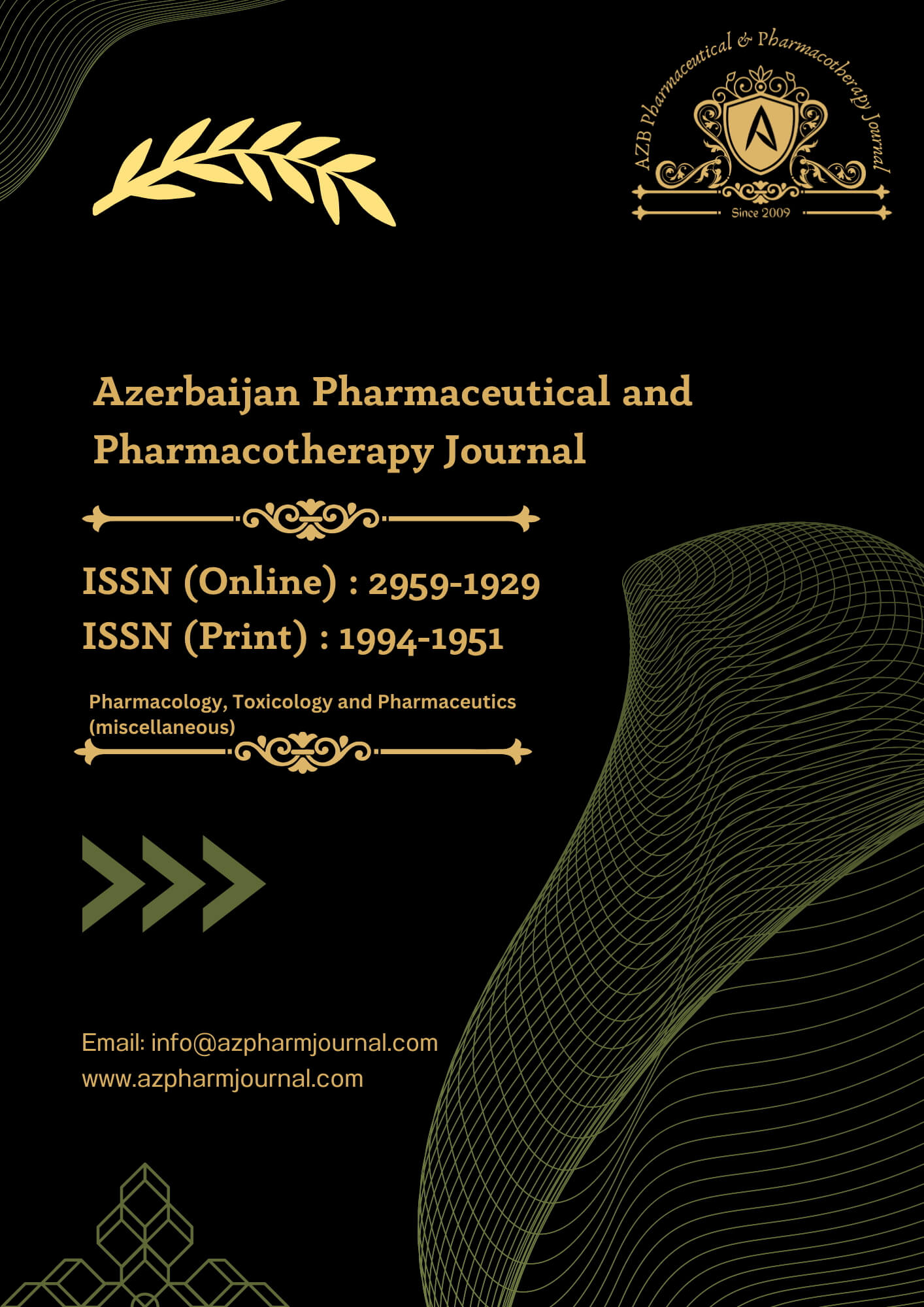The study enrolled 185 women with PCOS, randomized into two groups: 92 in the Letrozole group and 93 in the Clomiphene Citrate group. Both groups were comparable in terms of baseline characteristics such as age, BMI, and duration of infertility, with no statistically significant differences between them.
Table 1: Demographic and Baseline Characteristics of Participants
|
Characteristic
|
Letrozole Group (n = 92)
|
Clomiphene Citrate Group (n = 93)
|
|
Age (years)
|
28.5 ± 3.5
|
29.0 ± 3.7
|
|
BMI (kg/m²)
|
27.2 ± 4.1
|
27.5 ± 4.3
|
|
Duration of Infertility (years)
|
3.2 ± 1.5
|
3.4 ± 1.6
|
|
Baseline LH (IU/L)
|
10.1 ± 3.0
|
10.4 ± 3.2
|
|
Baseline FSH (IU/L)
|
6.8 ± 1.4
|
6.9 ± 1.5
|
|
Baseline Testosterone (ng/dL)
|
65.4 ± 18.7
|
66.1 ± 19.2
|
|
PCOS Diagnosis Duration (years)
|
2.8 ± 1.3
|
2.9 ± 1.4
|
|
Previous Ovulation Induction Attempts (%)
|
30% (28/92)
|
32% (30/93)
|
The Letrozole group demonstrated a significantly higher ovulation rate compared to the Clomiphene Citrate group. Specifically, ovulation occurred in 80% of the cycles in the Letrozole group (n = 74) versus 65% of the cycles in the Clomiphene Citrate group (n = 60). The difference was statistically significant (p = 0.02), indicating that Letrozole was more effective in inducing ovulation in women with PCOS.
Table 2: Ovulation and Follicular Development
|
Parameter
|
Letrozole Group (n = 92)
|
Clomiphene Citrate Group (n = 93)
|
p-value
|
|
Ovulation Rate (%)
|
80% (74/92)
|
65% (60/93)
|
0.02
|
|
Average Number of Follicles
|
1.7
|
1.3
|
0.01
|
|
Endometrial Thickness (mm)
|
9.5
|
7.8
|
0.03
|
The average number of mature follicles (≥18 mm) developed per cycle was also higher in the Letrozole group. On average, participants in the Letrozole group developed 1.7 follicles per cycle compared to 1.3 follicles per cycle in the Clomiphene Citrate group. This difference was statistically significant (p = 0.01). Endometrial thickness, measured on the day of ovulation, was significantly greater in the Letrozole group compared to the Clomiphene Citrate group. The mean endometrial thickness was 9.5 mm in the Letrozole group versus 7.8 mm in the Clomiphene Citrate group (p = 0.03). This suggests that Letrozole may provide a more favourable endometrial environment for implantation.
Table 3: Pregnancy Outcomes
|
Parameter
|
Letrozole Group (n = 92)
|
Clomiphene Citrate Group (n = 93)
|
p-value
|
|
Cumulative Pregnancy Rate (%)
|
45% (41/92)
|
32% (30/93)
|
0.04
|
|
Median Time to Pregnancy (Cycles)
|
3
|
3
|
-
|
|
Live Birth Rate (%)
|
80% (33/41)
|
70% (21/30)
|
0.15
|
|
Miscarriage Rate (%)
|
10% (4/41)
|
15% (5/30)
|
0.45
|
|
Multiple Pregnancy Rate (%)
|
5% (2/41)
|
15% (6/30)
|
0.03
|
The pregnancy rates were also higher in the Letrozole group. The cumulative pregnancy rate after six treatment cycles was 45% (n = 41) in the Letrozole group compared to 32% (n = 30) in the Clomiphene Citrate group. The difference was statistically significant (p = 0.04). The median time to achieve pregnancy was shorter in the Letrozole group, with most pregnancies occurring within the first three cycles of treatment. Specifically, 60% of pregnancies in the Letrozole group occurred within the first three cycles, compared to 40% in the Clomiphene Citrate group. The live birth rate was also higher in the Letrozole group. Of the pregnancies that occurred, 80% (n = 33) in the Letrozole group resulted in live births, while 70% (n = 21) in the Clomiphene Citrate group resulted in live births. However, this difference was not statistically significant (p = 0.15). The miscarriage rate was slightly lower in the Letrozole group at 10% (n = 4) compared to 15% (n = 5) in the Clomiphene Citrate group, but this difference was not statistically significant (p = 0.45).
Table 4: Adverse Effects
|
Adverse Effect
|
Letrozole Group (n = 92)
|
Clomiphene Citrate Group (n = 93)
|
p-value
|
|
Hot Flashes (%)
|
10% (9/92)
|
20% (18/93)
|
0.04
|
|
Mood Swings (%)
|
10% (9/92)
|
20% (18/93)
|
0.04
|
|
Other Side Effects (%)
|
5% (5/92)
|
10% (9/93)
|
0.10
|
